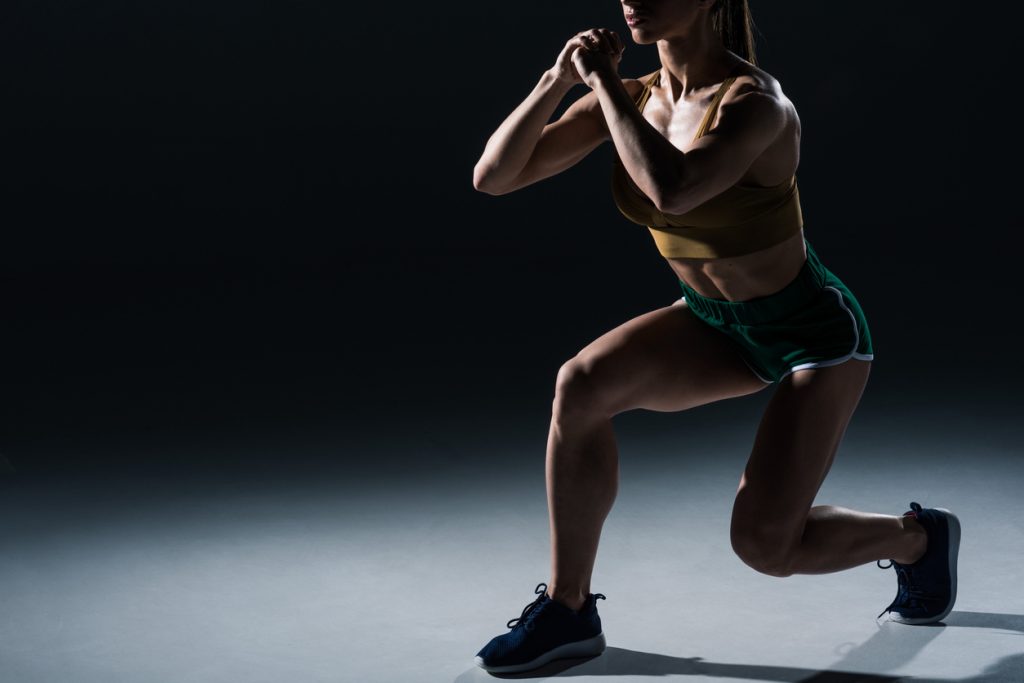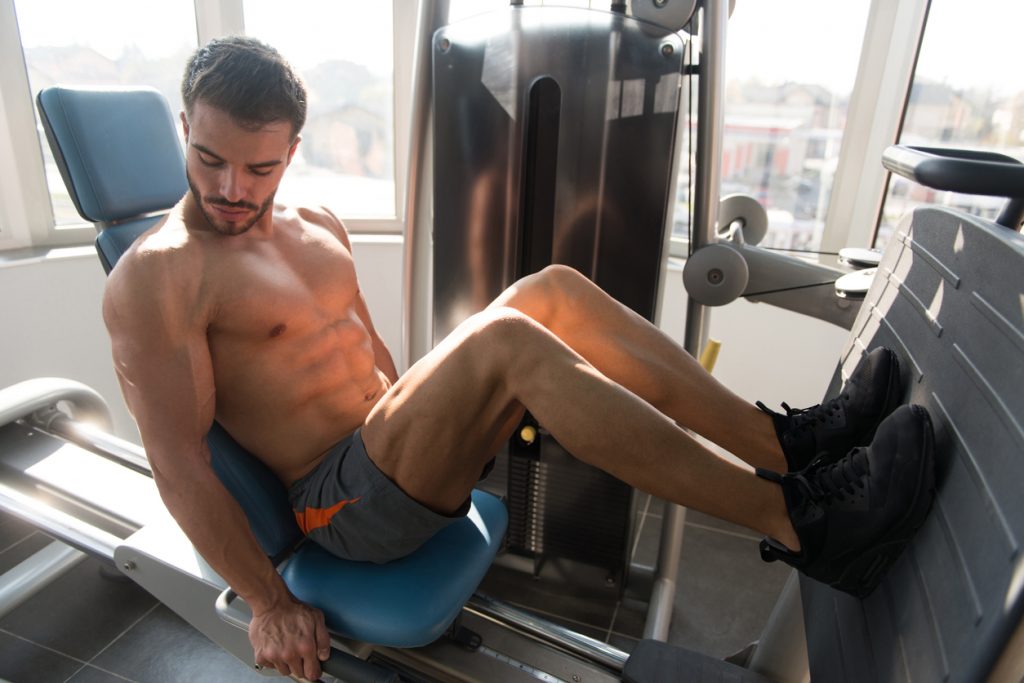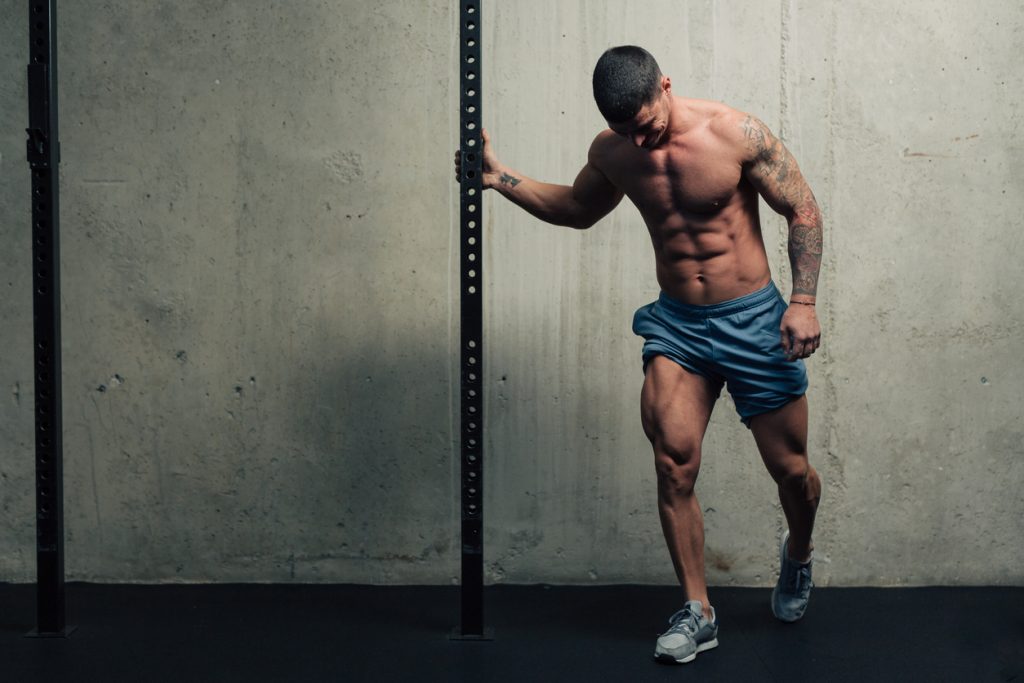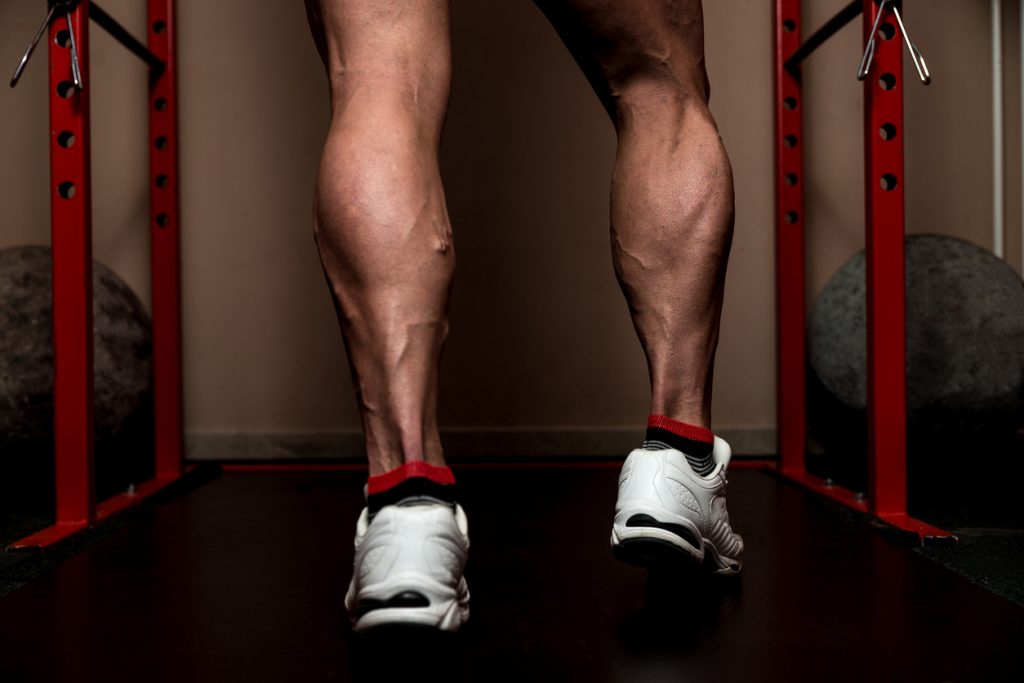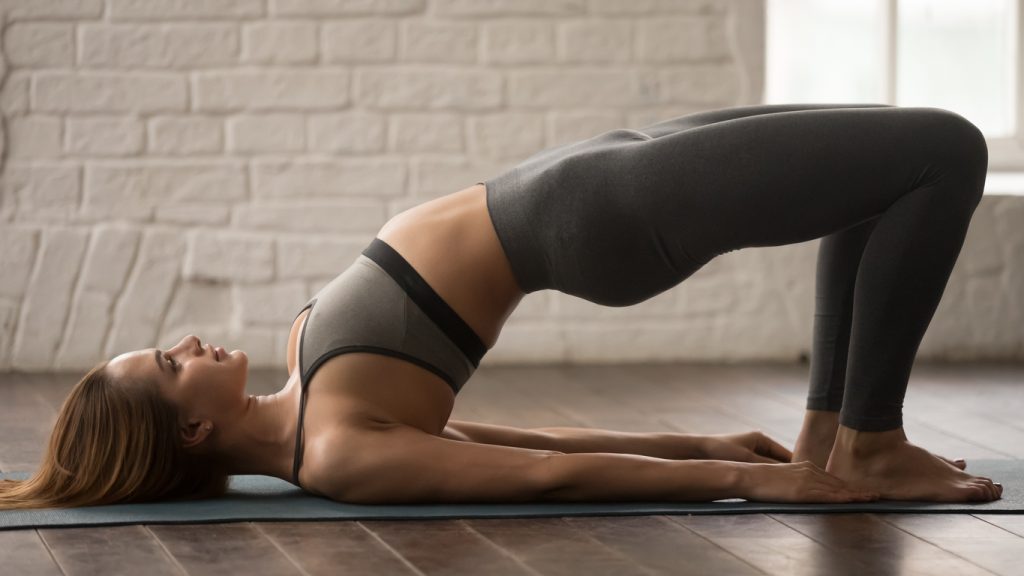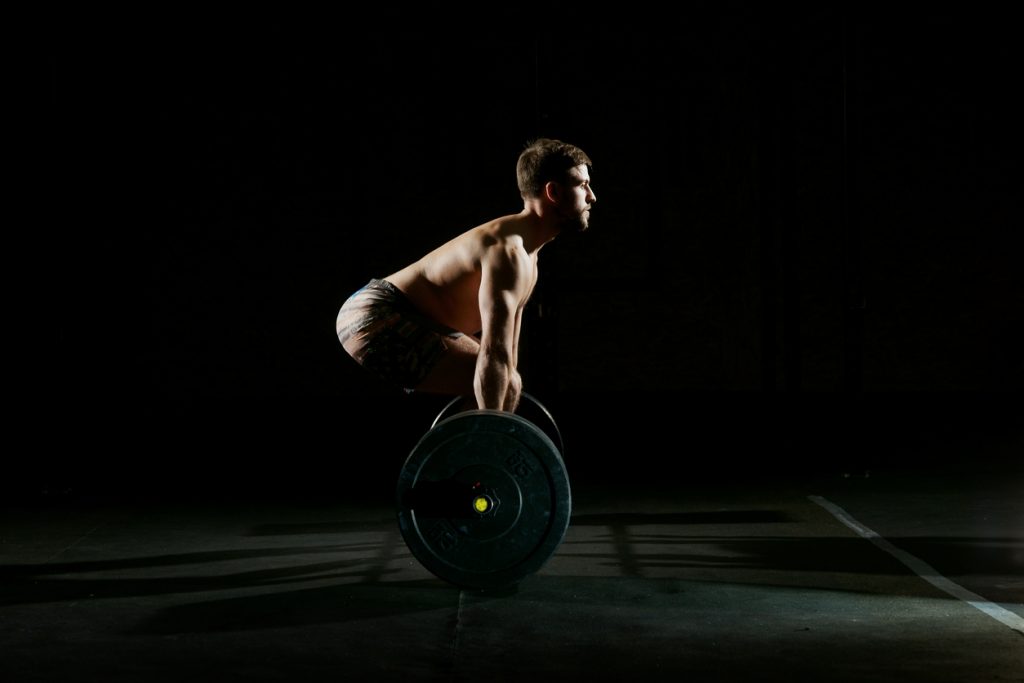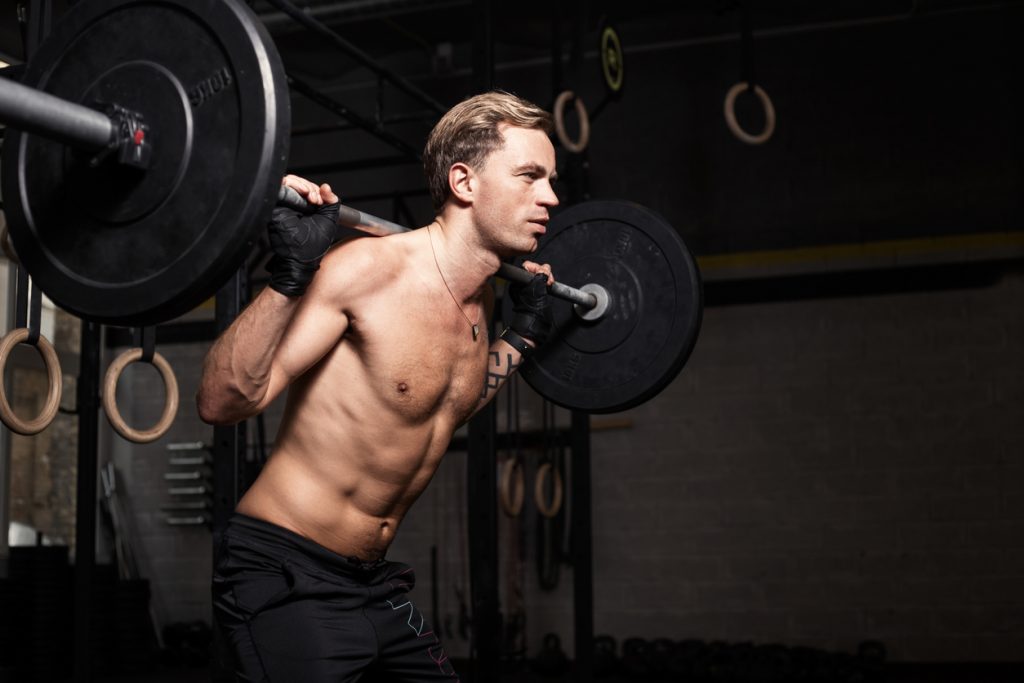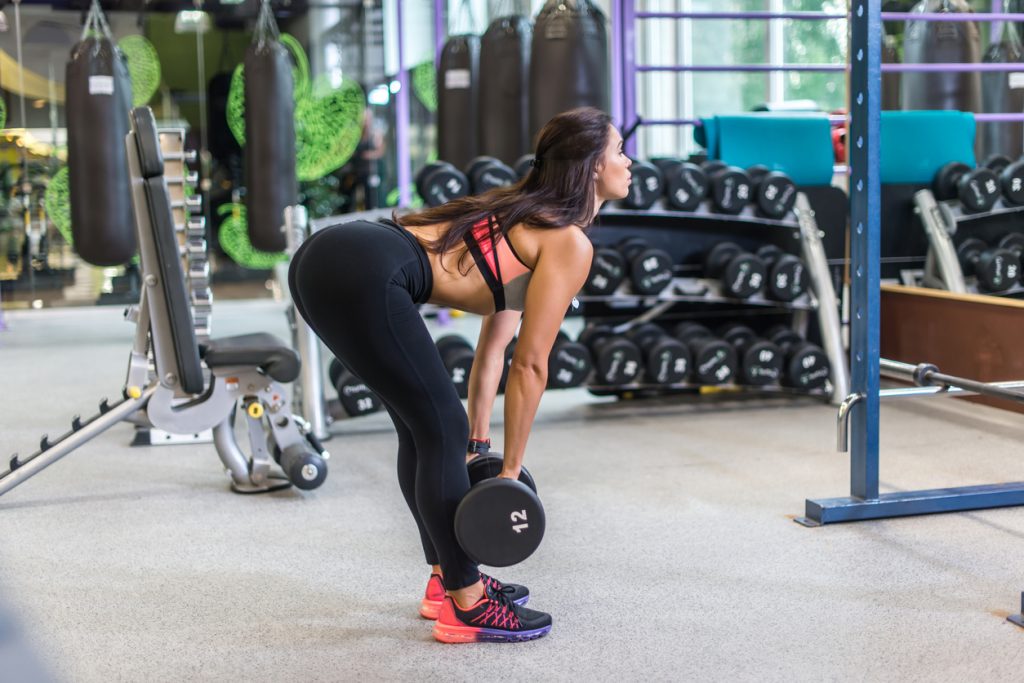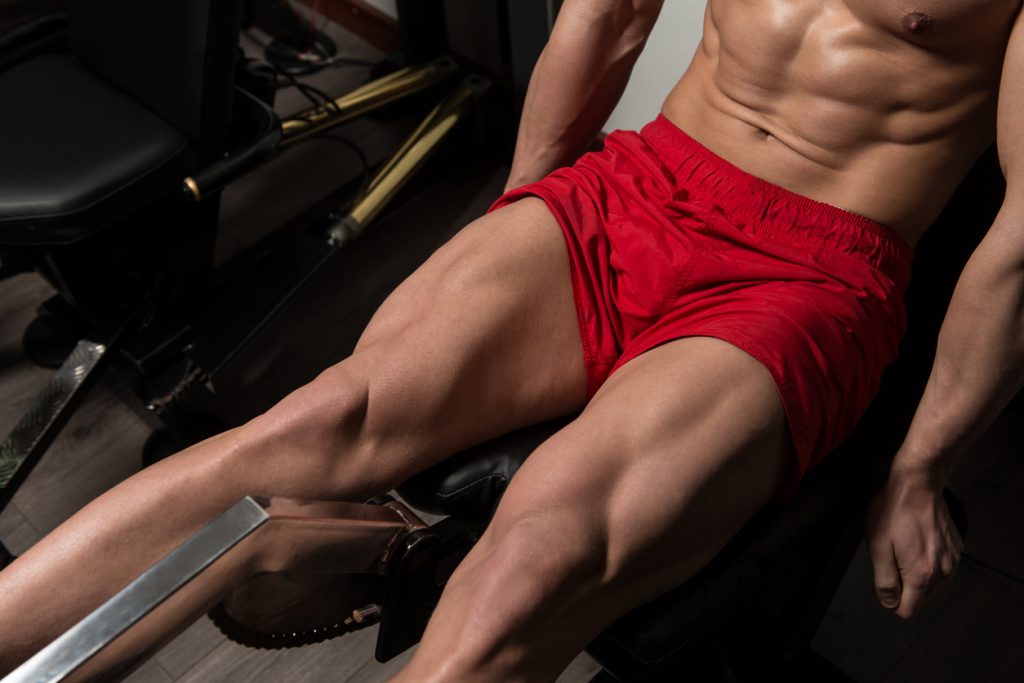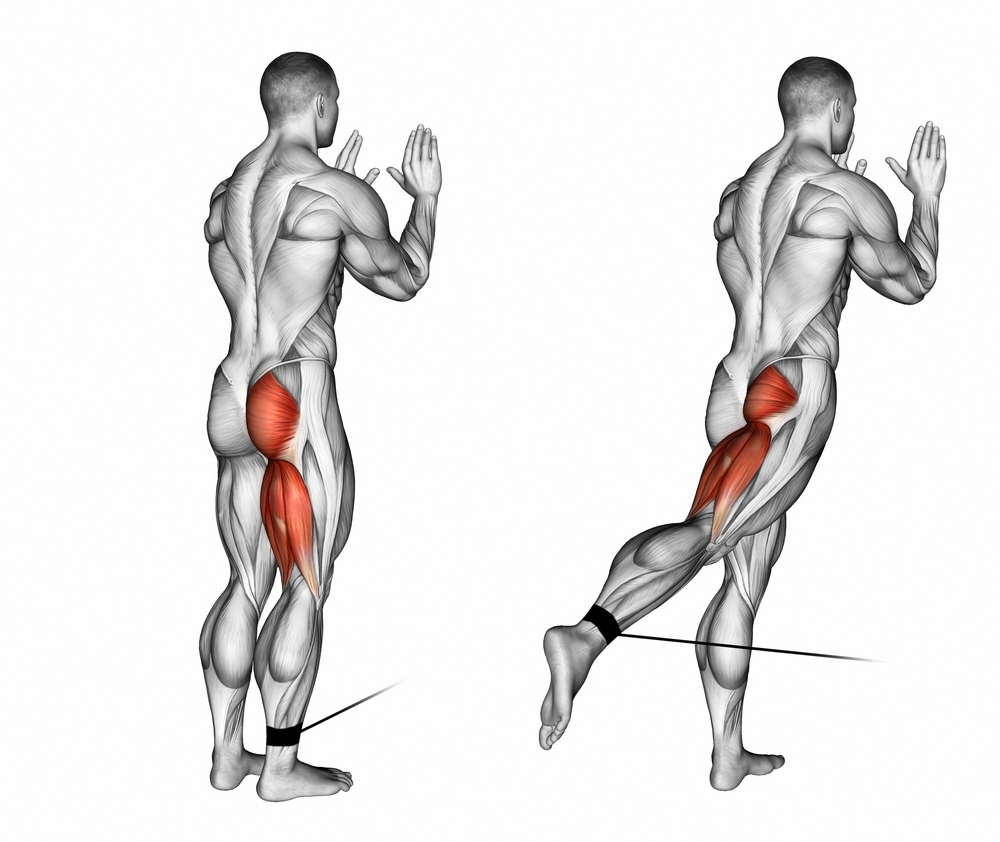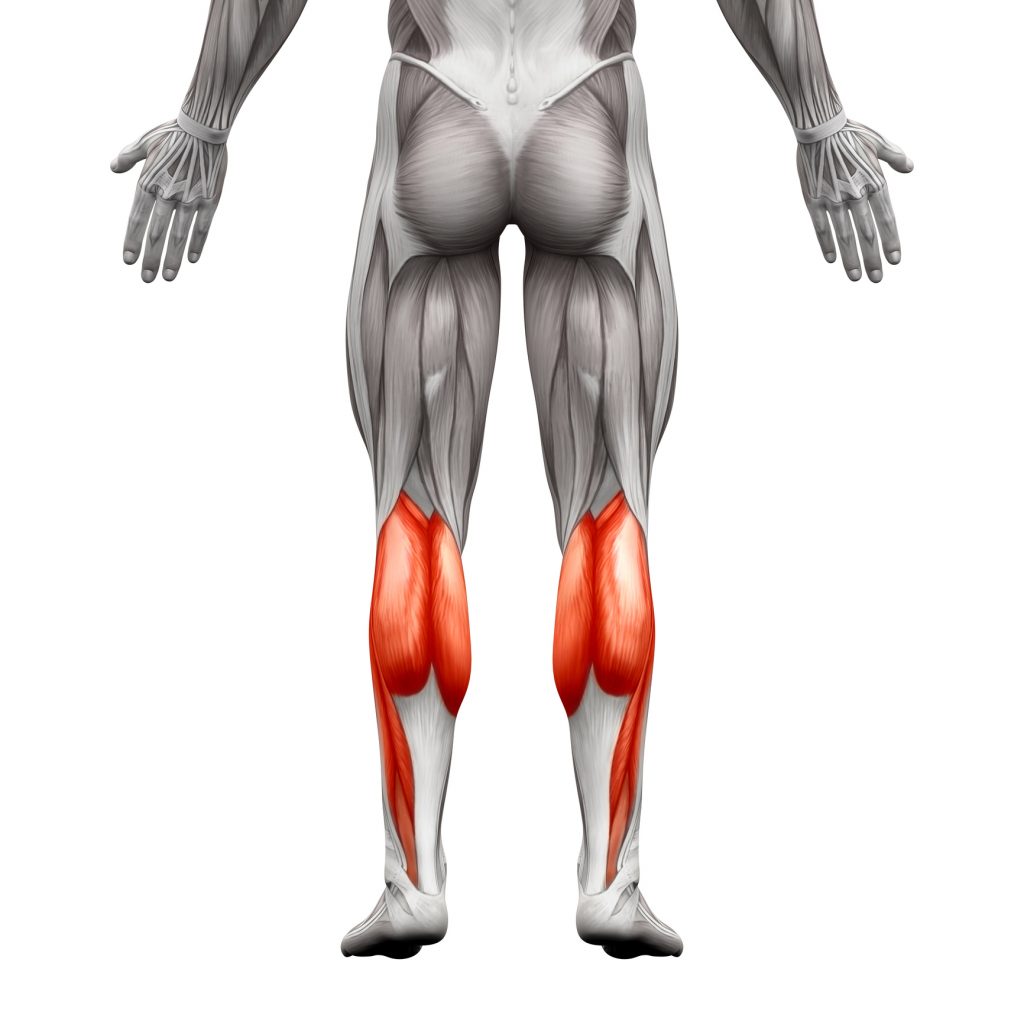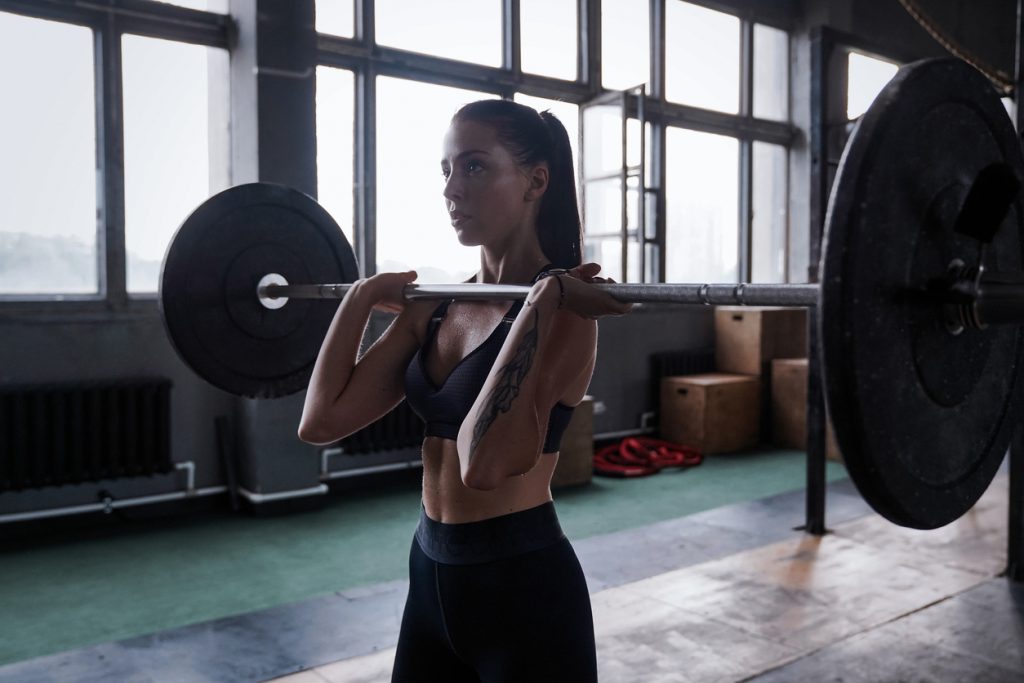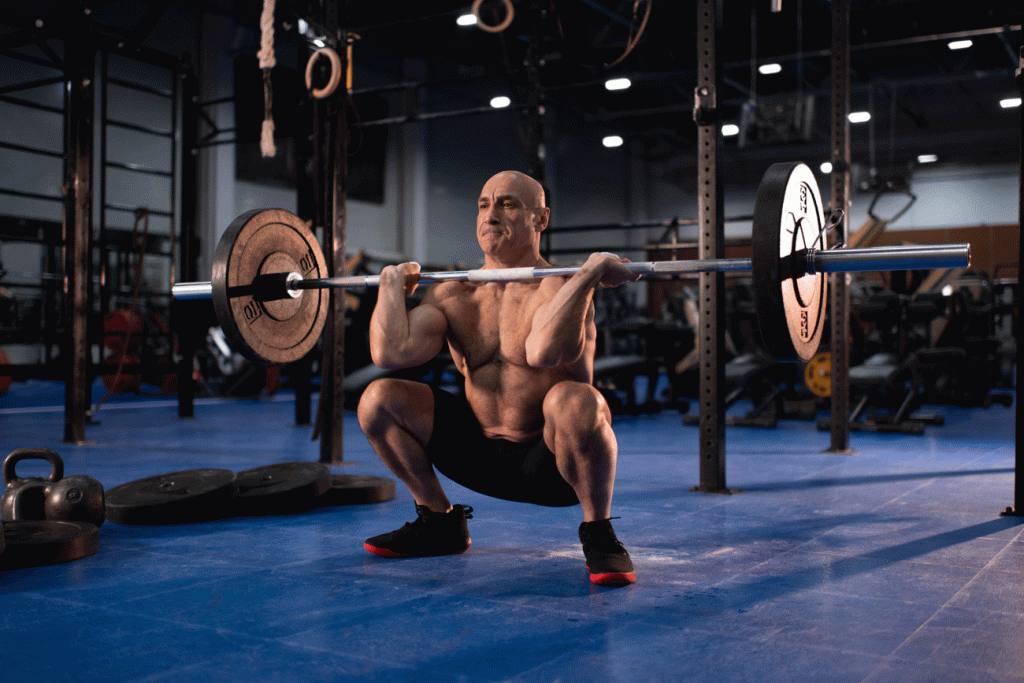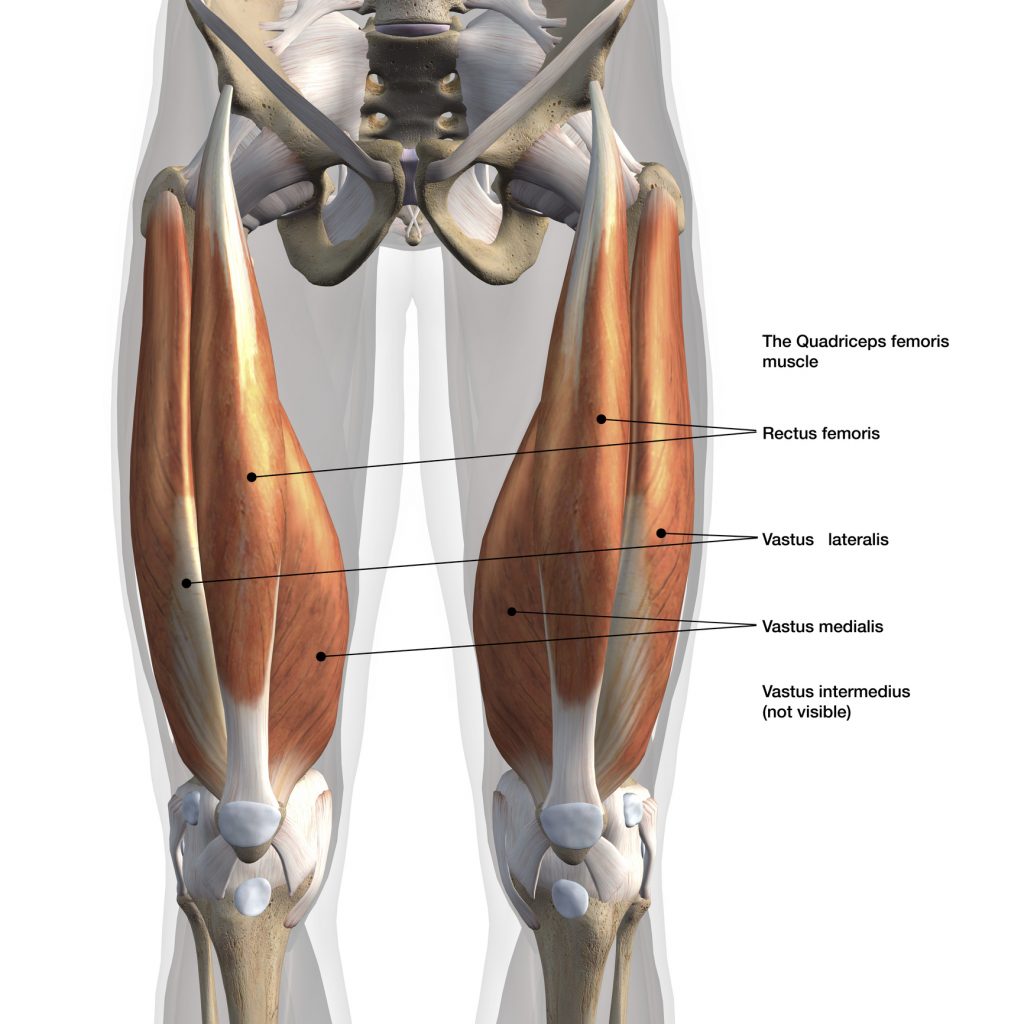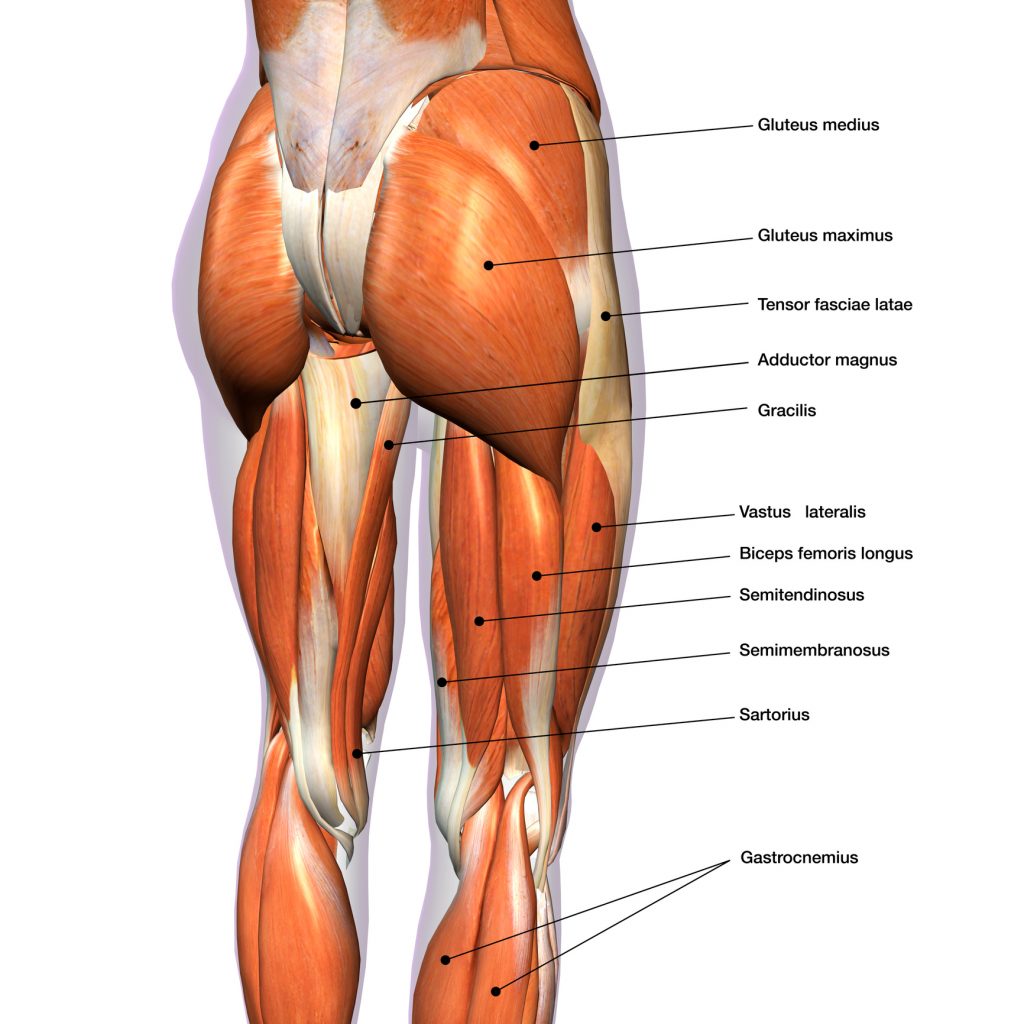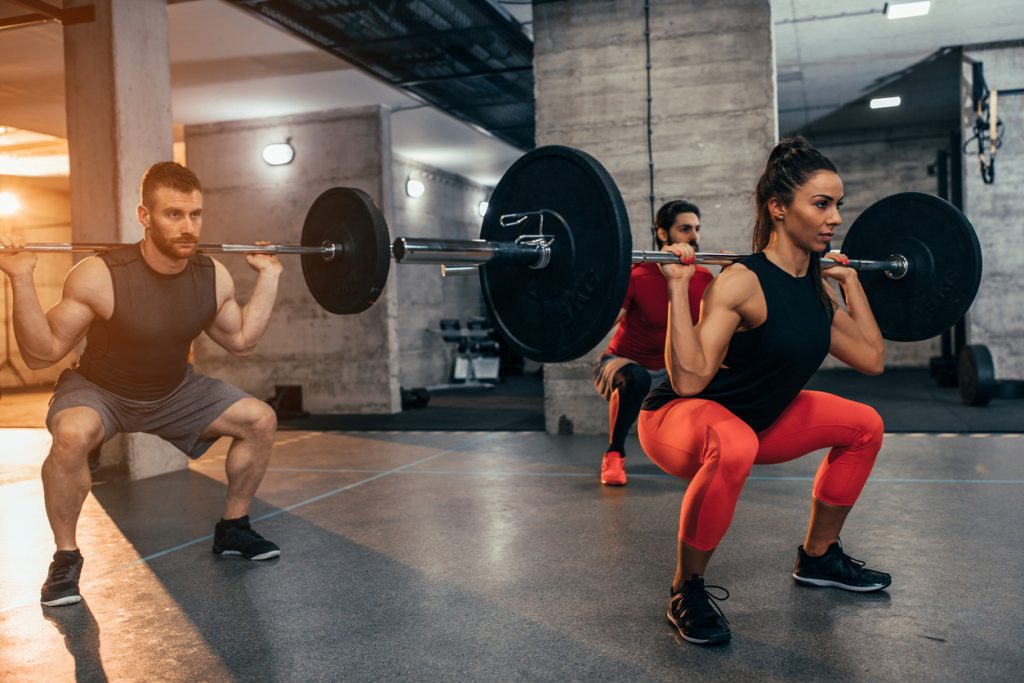All exercises done in relation to the thighs are generally inseparable from the hip, knee and quadriceps. In short, the entire lower body. In order to find the right exercises for this part of the body, it is important to know its anatomy in detail.
Knowing the anatomy to better understand its function
Starting with the role of each part of this lower limb. The hip for example, its main role is to hold the pelvis and the legs in place. It provides flexibility and mobility to the lower body including flexion-extension, abduction-adduction and internal-external rotation.
Flexion-extension allows high mobility because the flexible part connects the thigh and the leg. The knee is the intermediate joint between these two parts. The knee is less stable than the hip, its role is more in the ligament and muscle system.
The quadriceps, as its name suggests, represents four fascicles which end in a single tendon. Anatomically speaking, the quadriceps is composed of four chiefs for a common tendon. The rectus femoris muscle is one of them. Starting from the top, it runs downwards. Its role is to flex the thigh under the pelvis. This rectus femoris is characterised by its ability to allow knee extension and hip flexion.
There are also what are known as three vastus muscles consisting of the vastus intermedius, vastus lateralis and vastus medialis. These three vastus muscles contribute enormously to the composition of the leg. The vastus intermedius is involved in the body of the femur and is covered by two heads. The vastus lateralis in the external part contributes to the external part of the thigh. The latter, the vastus medialis, is on the medial side of the thigh.
This is not finished yet, there is also the so-called "hamstring", which is located at the back of the thigh, consisting of three long muscles running from the back of the ischium to the hip bone and stopping at the leg bone. Three muscles cross the hip and knee, they are called: polyarticular. The three muscles start at the top of the thigh and end at the shin bone. Two joints are combined by this action: the knee and the hip.
The target areas of the hip
The muscles of the hip are generally grouped into two categories, the muscles of the thigh and the muscles of the leg. In the thigh, we have the glutes, adductors, quadriceps and hamstrings. In the leg, we have the calf muscles and other muscles that form the leg. If we go into detail about the adductors, we can distinguish on the inner side of the thighs the adductor brevis, adductor magnus, pectineus and rectus internus.
All these muscles are further detailed with each one having its role in the lower limb. The adductor magnus, for example, is a muscle made up of two fascicles, the middle fascicle which wraps around the ischio-pubic ramus at the femur. And another, the vertical fascicle which runs behind the middle fascicle and down to above the medial epicondyle of the femur.
The knee muscles
The knee is a joint that connects the femur (the bone that supports the thigh) and the tibia (the bone that supports the leg). At the lower end of the knee, i. e. the femur, we have what are called condyles and two protuberances. These condyles are articulated opposite the two plates at the end of the tibia. When the knee is bent, the condyles roll and slide on the tibia plates at the same time. The flexion and extension movements are successful thanks to these ligaments.
The best thigh exercises: Low pulley lunges
In order to exercise properly, it is very important to follow the exercises below step by step:
1- Start by placing yourself in front of the pulley. Place one foot in front of the pulley, leg extended, put a little space in relation to the other leg in order to allow a flexion of the knee. Hold the bar or rope in your hands. Arms straight and above all, you must cover the abdominal belt. Chest straight and vertical.
2- Make sure that the knee does not go beyond the tip of the foot, this is important especially during the flexion. Start the exercise when you are well in place. Inhale for the descent while executing a flexion at the knee.
3- And return to the starting position, i. e. with your legs straight. Be careful, during this exercise, you must keep your back straight and always vertical.
With this type of exercise, all the muscles of the lower limb are well solicited in particular: the quadriceps, the hamstrings, the large and medium gluteal muscles, the sacro-lumbar muscle and the adductors.
Instructions and advice from the coach:
When you start practising this exercise, you must always think of pushing with your foot from the front to the back, this allows a good contraction of the muscles. It is not necessary to execute vertically otherwise you risk not optimizing the contractions of the buttocks to the maximum.
As for the position of the back, it is also important to keep it straight. The back should never be bent either forward or backward. It should remain straight and vertical.
And for a better result, the sheathing must always be activated.
The low pulley lunges allow to maintain firmly all the muscles of the lower part of the body, i. e. from the hip to the feet. This exercise with the low pulley in particular, touches all the muscles of this lower limb. Its practice is therefore essential and highly recommended. To sculpt an athletic body, opt for a few low pulley exercises. All thigh muscles are easily affected by this exercise. A simple exercise but one that guarantees better results for its performers.

